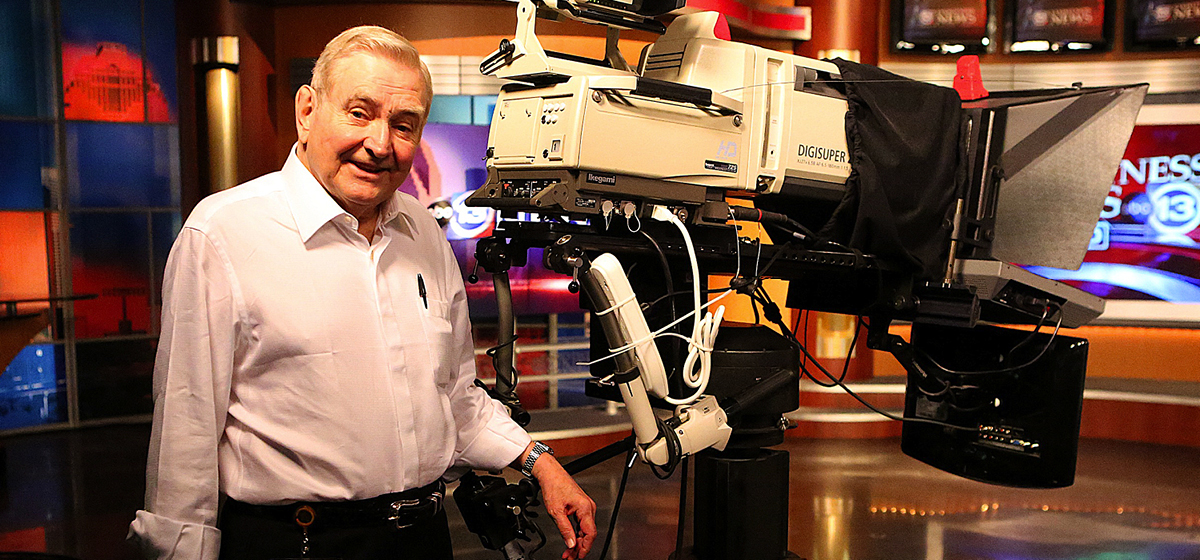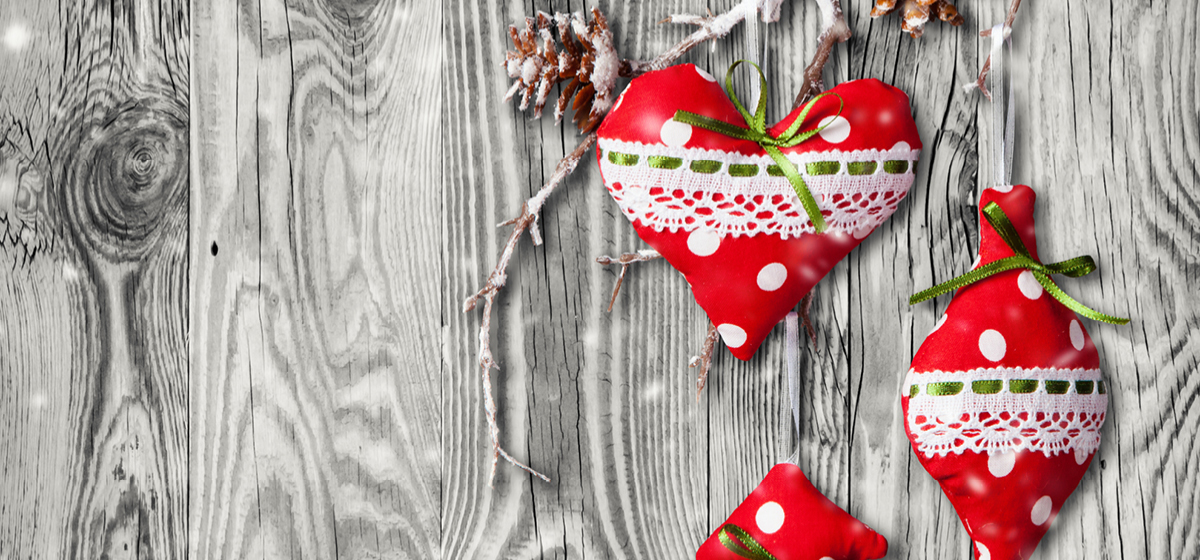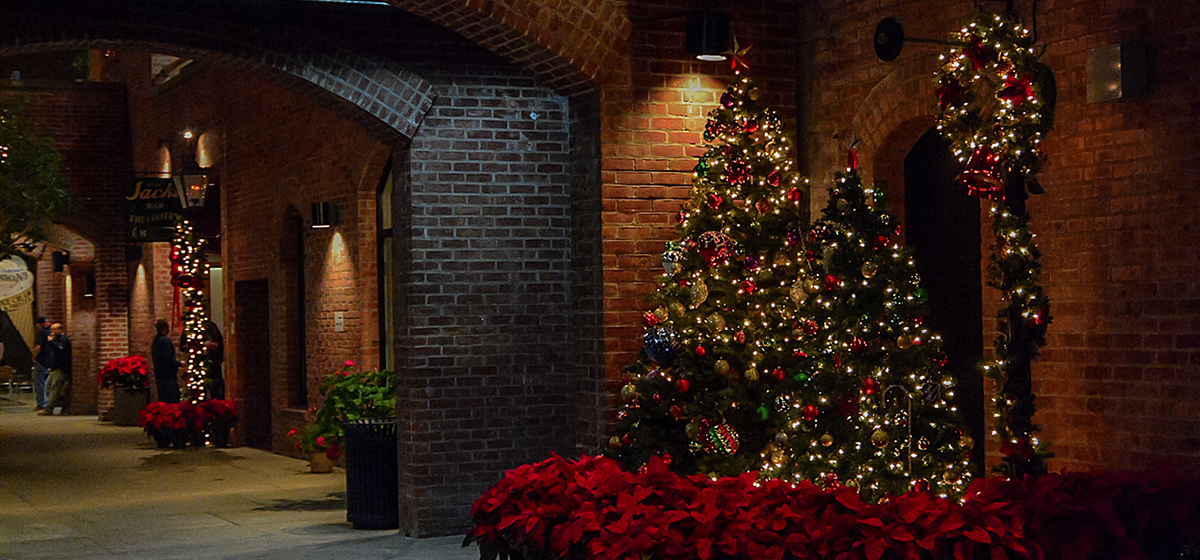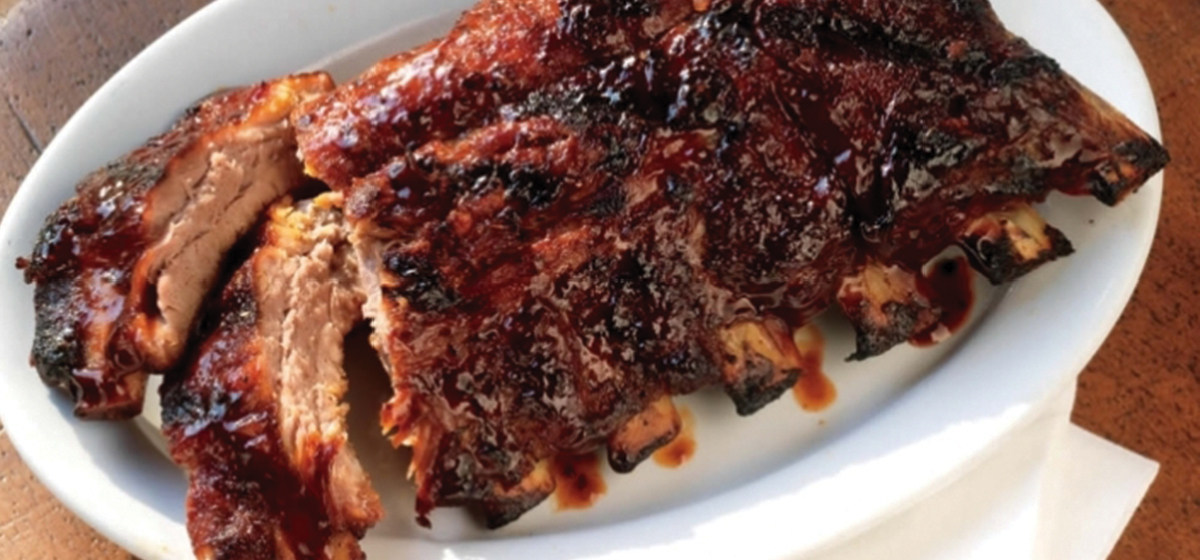 With excitement and anticipation, the Postcards team headed out to the county fair, where we got a glimpse into the life of a rodeo clown. Audiences young and old all over the world have been entertained by John Harrison, Rodeo Clown-Barrelman, and we were afforded the opportunity to follow him for a day as he prepared to entertain the crowd at the Walker County Fair and Rodeo with his walk-and-talkcomedy act.
With excitement and anticipation, the Postcards team headed out to the county fair, where we got a glimpse into the life of a rodeo clown. Audiences young and old all over the world have been entertained by John Harrison, Rodeo Clown-Barrelman, and we were afforded the opportunity to follow him for a day as he prepared to entertain the crowd at the Walker County Fair and Rodeo with his walk-and-talkcomedy act.
Harrison started entertaining audiences at a young age as a trick and roman rider. He joined the Professional Rodeo Cowboys Association (PRCA) back in 1999. After four years of college, he came home one day and told his mom and dad he was done with college and was going to be a rodeo clown.
John has performed 3 times at the Wrangler National Finals Rodeo in Las Vegas. He has been nominated 7 times for Comedy Act of the Year and received the honor in 2012. John explains, “Being a clown makes you feel good, because you feel like you’re doing your job and entertaining; and being a barrel man makes you feel good, because you feel like you are there for a purpose, to help the cowboys.” He has also been nominated 6 times for Coors Man in the Can and 4 times for the PRCA’s Clown of the Year. John has earned the respect of many audiences, but he is most proud of his accomplishments amongst his peers–the bull riders, bull fighters, announcers, and other rodeo clowns.
John is also an Equine Massage Therapist. He explains that animal athletes are just like human athletes. They get sore and need therapy, especially in the back area where they carry a rider.
When not on the road, John lives in Soper, Oklahoma with his wife Carla, daughters Addison and Billie, and son Cazwell. He stays busy working cattle on their ranch, and managing several rental houses and a local business.
3:22 p.m. – We caught up with John at the back of the rodeo arena at his travel trailer. He and Cazwell just returned from a neighboring school district, where he met and visited with local students of all ages.
 3:30 p.m. – Mike check! John explains to us that he always wears a microphone during performances. During his mike check, he explains to us that his fee is based on performances and not the size of the rodeo. Considerations include number of acts, travel distance, and number of performances. He carries his own mike with him everywhere he goes, so he is familiar with how it works. During this time, he also works with the sound guy to get all his music cues set.
3:30 p.m. – Mike check! John explains to us that he always wears a microphone during performances. During his mike check, he explains to us that his fee is based on performances and not the size of the rodeo. Considerations include number of acts, travel distance, and number of performances. He carries his own mike with him everywhere he goes, so he is familiar with how it works. During this time, he also works with the sound guy to get all his music cues set.
Although John is miked, the bullfighters are not. They communicate with each other by talking, which they do a lot. Once he goes down in the barrel, his preparation for the bull to hit the barrel is to push with all his might against the sides of the barrel, tuck his chin, and tense up. The last thing he wants is for the bull to hit the barrel when he is unprepared. This is where he depends on the bull fighters to communicate with him. They say things like “30 feet,” “20 feet,” “Get ready,” or they state something like “Hang tight,” and John is able to relax for few moments until he prepares for the hit again. This communication is crucial for John during his time in the barrel, because he would be exhausted if he had to stay ready for the bull to hit the entire time. They also let him know when it is safe to come out by hitting the side of the barrel or stating “It’s clear” or “You’re good.”
John also tests his mike down in the arena with the announcer. He explains that he is the clown for the entire rodeo, from the first event to the bull fighting, and everything in between. He entertains with his comedy, backed by his quick wit and his bantering with the announcer.
 4:00 p.m. – We head back to his trailer so John can prepare for the Special Needs Rodeo. We learn that his family usually travels with him for performances, and there is even an act that his daughter performs with him. Since his daughter has started school, she doesn’t get to travel with him as much, but will be with him during the summer and breaks.
4:00 p.m. – We head back to his trailer so John can prepare for the Special Needs Rodeo. We learn that his family usually travels with him for performances, and there is even an act that his daughter performs with him. Since his daughter has started school, she doesn’t get to travel with him as much, but will be with him during the summer and breaks.
We watch as he prepares his clown face, which is always the same for every performance. For the Special Needs Performance, he will not be in complete costume, but his face and shirt (usually a yellow shirt with red fringe) and a pair of jeans will be his attire for this special event.
We spoke a little bit about his children and how they reacted to him being in makeup all the time and wearing costumes. He told us that his daughter Addison told him one day, “Daddy, I love you no matter what you wear.” She even told a little girl at a rodeo one time, “That’s my daddy–he don’t always wear a dress.”
John’s love for the arena runs deep in his blood. His grandfather, Warren “Freckles” Brown, was a world champion bull rider in 1962. In 1967 at age 46, Freckles did what most cowboys said was impossible and rode “Tornado,” a bull that had thrown more than 200 cowboys. John and his family reside in his grandfather’s house on their ranch, which is also a full museum where people they don’t even know stop in all the time.
John explains that his work keeps him on the road about 10 months out of the year, so his peers become an extended family. They help each other out when needed, so there are several options if he needs someone to help look after his kids while he is performing.
 When asked if he has a favorite rodeo he attends, John explains, “Every rodeo is unique in its own way,” but says Ogden, Utah is one of his favorites; the crowds there are so much fun.
When asked if he has a favorite rodeo he attends, John explains, “Every rodeo is unique in its own way,” but says Ogden, Utah is one of his favorites; the crowds there are so much fun.
4:20 p.m. – John heads to the arena to participate in the Special Needs rodeo. During this special performance, he interacts with children, helps them with the different events they participate in, and takes photos with them. We stand back and watch as John brings smiles and giggles to these special children of all ages by just being himself.
 5:00 p.m. – John heads to the back of the arena to attend a production meeting. He lines out his performances according to what the rodeo needs. He also gets the final list of rodeo participants which helps him to time his acts accordingly. This is crucial, considering he has to run in and out of the arena getting acts ready and warming up his horse for the trick act.
5:00 p.m. – John heads to the back of the arena to attend a production meeting. He lines out his performances according to what the rodeo needs. He also gets the final list of rodeo participants which helps him to time his acts accordingly. This is crucial, considering he has to run in and out of the arena getting acts ready and warming up his horse for the trick act.
John shares that his wife Carla is a huge part of his show when she is with him. She helps reduce the time he is out of the arena by warming up his horse and getting his props ready, which gives him the opportunity to spend more time with the audience doing what he does best, entertaining!
John likes interacting with the audience during his shows. Even though a lot of entertainers don’t like to do that, John explains “Those are the people who pay the check. When we involve them, they feel included.”
 Being an independent agent, John comes up with all the content for his acts, which can be really hard. He explains, “First off, you have to come up with something funny–not just something that kind of looks funny for 3 seconds and then the funny wears off. You have to have something that, if you are out there for 8 minutes, can keep people on edge the entire time.”
Being an independent agent, John comes up with all the content for his acts, which can be really hard. He explains, “First off, you have to come up with something funny–not just something that kind of looks funny for 3 seconds and then the funny wears off. You have to have something that, if you are out there for 8 minutes, can keep people on edge the entire time.”
John goes to different production and circuit shows to get ideas. Sometimes he gets his acts from other performers, like his trick riding act. A friend of his had done it for years, but knee trouble took him out of action, so John called and asked him if he could do the act. He has continued doing the act for over 10 years. He feels it is his best act, with good humor all the way through.
John then tells us about his satire rodeo queen. He explains there are two types of rodeo queens. First, you have the smart, intelligent ones that can tell you what the barriers are. Then you have the ones who got the title because their daddy bought all of the tickets. They are not the best ambassadors of the sport, and that is how Miss Rodeo Universe, Angora Hampshire, originated. John has fun portraying Angora Hampshire–the pleasantly plump, overly flirtatious rodeo queen.
5:20 p.m. – John takes a moment out of his production meeting to help tend to a horse that is colicky and needs a shot.
5:25 p.m. – John obtains the final turnout roster, which is the final list of participants in each event. Any rodeo participant who has had to pull out due to injuries, etc. will be noted on this roster. He uses this roster to finish his performance preparation. Earlier at the production meeting, he noted there were 15 saddle bronc riders, but on the final list there are only 13. He usually pulls out to prepare for his trick riding act with about two riders left. Without the final roster, he would have been late for his act.
5:40 p.m. – John begins preparing for his performance. He saddles his horse and performs stretches.
During the warm up, we take the opportunity to find out how he met his wife Carla. John tells that she graduated from Cal Poly in California with a degree in Media Marketing. Their first contact was when she did a phone interview with him. He was in California, and she was in Iowa when the interview took place. They later met in person, became best friends, and the rest is history. John and Carla have been happily married for 8 years. He shares with us, “Carla’s dad and them always laugh, saying, ‘We send her to private school, and she comes home and marries a clown.’”
5:45 p.m. – Time to grab a quick shower and re-apply make-up.
 6:10 p.m. – John takes his son Cazwell to grab a bite to eat before the show. He tells us that most rodeos provide the participants and entertainers complimentary food before each performance.
6:10 p.m. – John takes his son Cazwell to grab a bite to eat before the show. He tells us that most rodeos provide the participants and entertainers complimentary food before each performance.
6:30 p.m. – John gathers his props for the night’s show. Since timing is a crucial part of his acts, it is important that everything he needs for that performance is set out for easy access.
We ask about the largest rodeo where he has performed. He says Ft. Worth is the largest. They have 32 performances, with 2 or 3 performances a day. He said, “It takes two or three horses to get through it, and by the end of the deal you are worn out.” The NFR in Vegas is the most sought after performance to participate in. Even though he didn’t get to really perform (no comedy involved, you roll your barrel out and you get in it), John says getting to perform there last year was incredible.
7:20 p.m. – John puts his knee braces and mike on before he heads out to the arena for the evening’s performance.
7:45 p.m. – The entertaining begins with John’s funny anecdotes and witty comedy throughout the different events of the rodeo.
8:20 p.m. – John makes a quick exit out of the arena to prepare for the arrival of his alter ego Angora Hampshire, Miss Rodeo Universe.
 8:24 p.m. – Miss Rodeo Universe enters the arena to continue entertaining the crowd with her comical banter back and forth with the rodeo announcer.
8:24 p.m. – Miss Rodeo Universe enters the arena to continue entertaining the crowd with her comical banter back and forth with the rodeo announcer.
8:30 p.m. – Miss Rodeo Universe leaves the arena, and John prepares for his trick riding act with a quick costume change, followed by warming up his horse.
9:11 p.m. – John fascinates the audience with his impressive trick riding.
9:22 p.m. – John finishes his riding act and leaves the arena to prepare for his time in the barrel during the bull riding segment of the rodeo.
 9:30 p.m. – John rolls out his barrel and jumps in it to help protect the cowboys during bull riding. He never misses a beat and continues to entertain with his comedy while he is in the barrel.
9:30 p.m. – John rolls out his barrel and jumps in it to help protect the cowboys during bull riding. He never misses a beat and continues to entertain with his comedy while he is in the barrel.
10:03 p.m. – The bull riding concludes. John jumps out of the barrel and rolls it out of the arena.
10:15 p.m. – We catch John outside the arena as he is storing his barrel for the next performance and thank him for letting us experience a glimpse of what a day in his life is really like. As we head home, it’s become very apparent that a rodeo clown’s job isn’t only the make-up and comedy of entertaining the rodeo goers. It is a serious responsibility that takes a lot of hard work to keep everyone in the arena safe. There’s certainly nothing funny about that.



